Plaque vs. Tartar: What’s the Difference? Aug 26
Aug 26
Plaque vs. tartar: what’s the difference?
Many people confuse the two, but understanding them is key to oral health. Plaque is a soft, sticky film of bacteria that forms daily, while tartar is hardened plaque that can only be removed by a dentist. In this article, we’ll explain how both develop, why they’re harmful, and how using smart electric toothbrushes like BrushO can help you control plaque before it becomes tartar.

What Is Plaque?
Plaque is a colorless, sticky biofilm that constantly forms on teeth and along the gumline. Made up of bacteria, food particles, and saliva, plaque is soft enough to be removed by brushing and flossing. However, when ignored, it produces acids that:
- Attack enamel and cause cavities
- Irritate gums, leading to gingivitis
- Create bad breath and discomfort
Plaque is essentially the “first stage” of dental problems—manageable if treated daily.
What Is Tartar?
Tartar (also called calculus) is hardened plaque that forms when plaque isn’t removed in time. Minerals in saliva cause it to solidify, usually within 24–72 hours. Once hardened, tartar is:
- Yellow or brown in color
- Rough in texture, making teeth harder to clean
- A major contributor to gum disease and tooth decay
Unlike plaque, tartar cannot be brushed away at home. It requires professional cleaning by a dentist or hygienist.
Plaque vs. Tartar: Key Differences
Feature Plaque 🦠 Tartar 🪨
Texture Soft, sticky film Hard, rough buildup
Color Invisible or pale Yellow/brown, visible
Removal Brushing & flossing daily Only by dentist
Health Risk Cavities, gum irritation Gum disease, tooth loss
How to Prevent Plaque from Becoming Tartar
The best way to control tartar is by never letting plaque harden in the first place. Daily habits include:
- Brushing twice a day with a fluoride toothpaste
- Flossing to remove buildup between teeth
- Rinsing with antibacterial mouthwash
- Limiting sugary or starchy foods
- Scheduling dental cleanings twice a year
Why BrushO Is Effective Against Plaque
The BrushO AI-Powered Toothbrush is designed to fight plaque before it turns into tartar:
- High-frequency cleaning power removes biofilm more effectively than manual brushing.
- AI brushing feedback 📱 helps you cover all zones, leaving no hidden plaque behind.
- Pressure sensors 🚦 protect enamel and gums while ensuring thorough cleaning.
- Three replaceable brush heads 🔄 (included per set) provide optimal plaque control for every user.
By using BrushO consistently, you can stop plaque from becoming tartar—and avoid costly dental treatments.
Final Thoughts
So, plaque vs. tartar—what’s the difference?
Plaque is soft and removable with daily brushing, while tartar is hardened, damaging, and requires professional cleaning. The solution? Prevent plaque buildup with the right tools.
👉 With the BrushO AI-Powered Toothbrush, you can protect your teeth daily, stop plaque in its tracks, and keep your smile healthy and bright.
Best Electric Toothbrush for First-Time Users
Aug 27
Why Smart Toothbrushes Are the New Lifestyle Trend
Aug 26
Recent Posts

How High Sugar Intake Harms Your Oral Health
Excessive sugar isn’t just bad for your waistline—it wreaks havoc on your teeth. Discover how sugar impacts oral health and how smart brushing with BrushO can protect your smile.
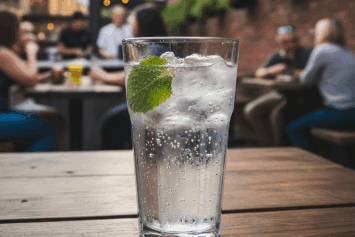
How Sparkling Water Affects Your Enamel
Is sparkling water safe for your teeth? Discover how carbonation affects enamel, what science says, and how to drink smarter without harming your smile.
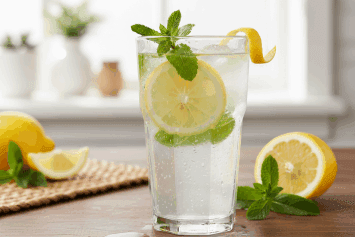
Does Lemon Water Help or Harm Your Oral Health?
Lemon water is praised for its detox benefits, but how does it affect your teeth? Learn the truth about acidity, enamel erosion, and how to protect your oral health with every sip.
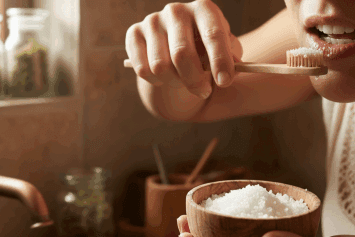
Is Brushing with Salt Effective?
Can salt really clean your teeth or whiten your smile? Discover the science behind brushing with salt and whether it’s safe for your oral health.

Oral Health for Women During Pregnancy
Pregnancy affects more than your body—it changes your oral health too. Discover how hormonal shifts influence gum health, tooth sensitivity, and the importance of prenatal dental care.

Why Some People Struggle to Keep Brushing Habits
Many people struggle to maintain consistent brushing habits. Discover the psychological, behavioral, and lifestyle reasons behind poor brushing routines—and how smarter guidance can help build lasting oral care habits.
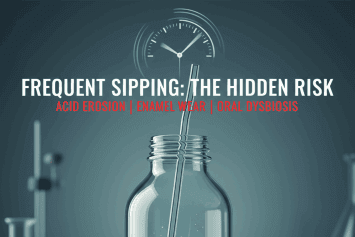
The Hidden Risks of Frequent Sipping
Think sipping beverages all day is harmless? Discover how frequent sipping—yes, even of healthy drinks—can silently damage your teeth, and how to protect your enamel with smarter habits and advanced solutions like BrushO.

The Best Christmas Gift I’ve Ever Received
Discover why an AI-powered toothbrush became the best Christmas gift I’ve ever received. Learn how smart brushing changed my routine, health, and confidence — all in just two minutes a day.
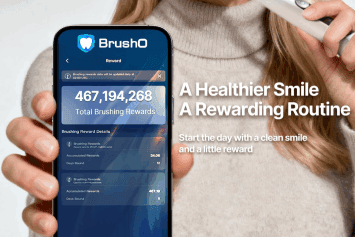
How Kids Can Compete for Brushing Rewards with BrushO
Turn brushing into a fun daily challenge! Discover how BrushO transforms kids’ oral care habits through competitive rewards, smart scoring, and daily motivation.

How BrushO Uses AI to Track Missed Spots
Struggling with missed areas during brushing? Discover how BrushO’s AI technology ensures full-mouth coverage by detecting and tracking the spots you often overlook.
